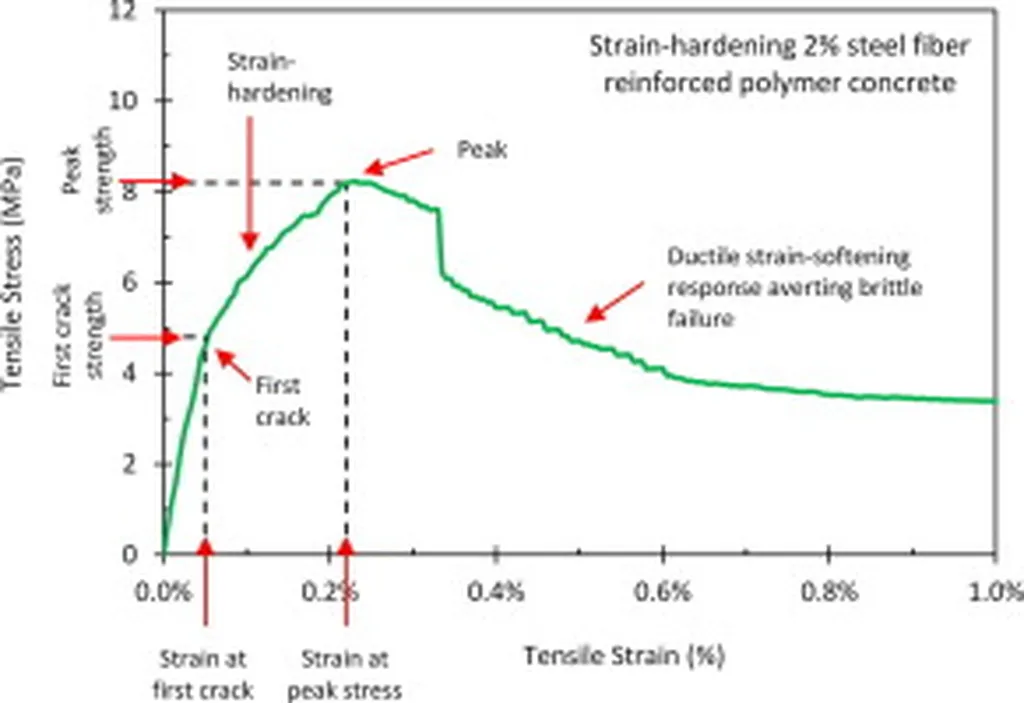In a significant stride towards sustainable construction, researchers have developed a low-carbon, fiber-reinforced concrete that promises to reduce the industry’s substantial carbon footprint. The innovative material, created by Dilan Dh. Awla of the Civil and Environmental Engineering Department at Soran University in Iraq, incorporates steel slag powder, processed recycled concrete aggregates, and waste steel rivet fibers, transforming industrial byproducts into valuable construction resources.
The construction sector is a major contributor to global CO2 emissions, with cement and aggregate production being particularly resource-intensive. Awla’s research addresses this challenge by demonstrating that high-performance concrete can be produced using recycled and waste materials. “We aimed to reduce dependency on virgin materials while maintaining high mechanical performance and durability,” Awla explained. The study, published in the journal ‘Fibers’ (translated to English as ‘Fibers’), presents a compelling case for the circular economy in construction.
The research involved testing sixteen concrete mixes, each with varying dosages of waste steel rivet fibers (WSRFs). The results were promising: compressive and tensile strength increased across all mixes, with the 1.4% WSRF mix showing the best performance. However, Awla found that a fiber content of 0.8% offered the optimal balance between strength, durability, and workability. “This balance is crucial for practical applications,” Awla noted, emphasizing the importance of usability alongside performance.
One of the most intriguing findings was the transition from brittle to ductile behavior as fiber content increased. This shift could have significant implications for structural design, potentially allowing for more flexible and resilient buildings. The study also visualized the relationship between compressive, tensile strength, and fiber content using a 3D response surface, providing a valuable tool for future research and practical applications.
The commercial impacts of this research are substantial. By utilizing industrial waste and recycled materials, the construction industry could significantly reduce its carbon emissions and operational costs. This is particularly relevant for the energy sector, where large-scale construction projects often have a considerable environmental impact. The adoption of low-carbon concrete could help energy companies meet sustainability goals and reduce their carbon footprint.
Awla’s research suggests that a specific combination of 15% steel slag powder, 40% processed recycled concrete aggregates, and 0.8% waste steel rivet fibers offers a feasible solution for improving concrete performance while advancing the circular economy. As the construction industry continues to seek sustainable alternatives, this innovative material could play a pivotal role in shaping the future of low-carbon construction.
The study not only highlights the potential of recycled and waste materials in construction but also underscores the importance of interdisciplinary research in addressing global challenges. By bridging the gap between environmental science and civil engineering, Awla’s work paves the way for more sustainable and resilient infrastructure. As the world grapples with the urgent need for climate action, such innovations offer hope and practical solutions for a greener future.

